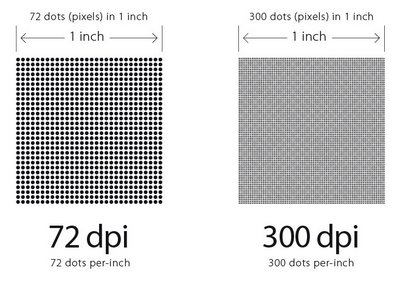
The audience should sit at least this distance from the screen.It’s important to understand how Lightroom compresses images, and to that end you should read Jeffrey Friedl’s brilliant analysis of Lightroom’s JPEG Export Quality slider.
In rare cases, if the image looks to be hurting, then I’ll turn the quality up to 76%. For screen viewing, I typically export images from Lightroom at sizes ranging 960 to 1500-pixels on the long edge, at 69% quality. You can also leverage JPEG compression to your advantage. So, how can we effectively protect our images?Īs I’ve previously written on X-Equals, image watermarks are essential and crafting an effective watermark should be your first line of defense in preventing illegitimate image use. We cannot protect our images by publishing them at low PPI values, nor do we harm ourselves by publishing 240 PPI images to our blogs or web galleries. We understand that a 960 x 640 pixel image is higher resolution, and can be printed larger than a 600 x 400 pixel image, regardless of the image’s PPI values it just has more pixels. Resolution = the number of pixels comprising the image PPI cannot be manipulated for our benefit. We now understand that PPI value has no impact on the resolution of our image files. Resolution is only used to dictate the image’s scale when printed to physical media. Thus, we can observe that the pixels per inch value has no relevance to the image’s resolution. The 100 PPI image will print 5.46″ wide and will look horrible while the 1500 PPI image will be practically microscopic, but print the image again at 5.46″ and it will be indistinguishable from the 100 PPI version. Each image will print at a different physical size, according to its PPI guideline. Print the three files at a fixed size of 2.5″ wide, and they will be identical. Inspect them and you will find that, despite having different pixels per inch values, each is exactly the same size (172 KB). Below, three versions of the same image, each 546 pixels wide, with different pixels per inch values.ĭownload these three images. Let’s take this further by performing some more simple experiments. News flash! An image printed at 500% scale is useless. At 500% scale, the image’s detail falls apart. The space I’m writing in isn’t so large, but to illustrate my point, here’s a file 109 pixels wide, at 300 PPI.Īt 100% scale, an image maintains its native detail. Printing that same file as a 10 x 8 print will spread its 600 pixel width more thinly over the paper, yielding a print at only 60 PPI. Printing the image at 100% scale will yield a high quality print, as long as it’s merely two inches wide. So let’s consider that 600 x 400 pixel, 300 PPI image file.

#PPI RESOLUTION CALCULATOR SOFTWARE#
The PPI value is metadata, a guideline that dictates to your imaging software the physical size of the image at 100% scale. When printing an image, the only measure of quality is whether there are enough pixels in the image to support the rendering of detail at a given size. How many dots did the printer spray to render that 1 pixel? It depends on the DPI rating of your printer, but more than 1, I assure you.įact: An image’s resolution is entirely dependent on the number of pixels comprising the image. In Photoshop, create a new image 1 pixel square with a black background, 1 PPI.ĭespite the image file being only a single pixel, the print will be a black square, 1″ wide.

To observe that PPI and DPI are in fact different, you may perform an experiment. Printers may be rated by their DPI capability, with higher numbers indicating that the printer is capable of printing images of higher quality. the resolution, is a function of the total number of pixels comprising the image versus the size of the printed image.ĭots per inch (DPI) refers to the number of dots sprayed into a square inch of space on the printed page, or to the printer’s capability to spray dots into an inch of space on paper. PPI dictates print dimensions only, not print quality. Pixels per inch (PPI) is an arbitrary value that defines for the printer the dimensions that should be considered 100% scale for an image. PPI and DPI are NOT interchangeable terms. I tell them all the same thing:ĭon’t worry about it PPI doesn’t matter. A panic that their high-PPI images can be put to profitable, illegitimate use. Lightroom’s Web module exports images at 240 PPI and offers no way of changing this value, and I hear from a lot of photographers greatly concerned by this. But the greater truth is that an image’s PPI – pixels per inch – value is irrelevant in relation to its resolution. Well, that’s true, if that print is only 2 inches wide. It’s a common misconception among photographers that an image’s PPI value dictates its resolution, that a magazine-quality print gets hijacked from a 600 x 400 pixel, 300 PPI image downloaded from a Web gallery.


 0 kommentar(er)
0 kommentar(er)
